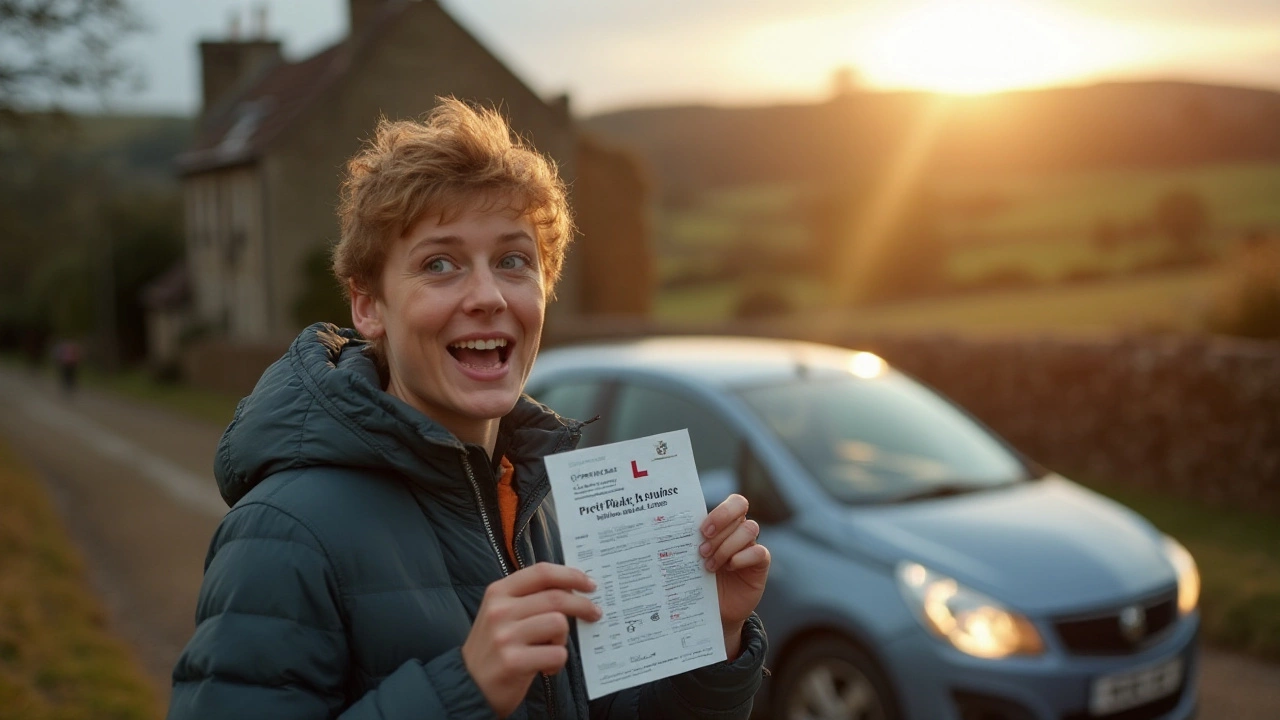Driving Permit: What You Need to Know
Got a question about getting a driving permit? You’re not alone. Whether you’re eyeing your first learner’s licence or need to renew an HGV permit, the process can feel like a maze. This guide cuts through the jargon and gives you straight‑forward steps so you can stay legal and hit the road without hassle.
How to Apply for a Driving Permit
First things first – you need the right paperwork. In the UK, a standard learner’s permit (the provisional licence) requires a valid photocard ID, proof of residency, and a £34 fee if you’re applying online or £43 by post. For HGV Class 1 permits, you’ll also need a medical fitness certificate and the appropriate DVSA theory test pass. Fill the D1 form (or D46 for HGV) and submit it to the DVLA, either online or by mailing it to the address on the form.
Got your documents ready? Great. The next step is the theory test. For cars, the standard multiple‑choice plus hazard perception exam is mandatory before you can schedule a practical test. HGV drivers face a more detailed theory exam, including vehicle safety and load handling questions. Pass the test, and the DVLA will send your provisional licence within a week.
Renewing Your Permit
Permits don’t last forever. A car provisional licence is valid for 10 years, while HGV permits typically need a medical review every 5 years. Start the renewal process at least a month before expiry. You’ll need to confirm your address, pay the renewal fee (usually £34), and, for HGV, submit a fresh medical report. Most drivers can renew online in minutes; the new licence arrives by post within a few days.
Don’t wait until the last minute. If your permit expires while you’re still learning, you’ll lose the legal right to drive on public roads, even with a supervising driver. A quick online check of your DVLA account can flag upcoming expiries and let you renew with a few clicks.
Common mistakes? Forgetting the eyesight test is a big one. The DVLA requires a minimum of 6/12 vision (or the correct glasses/contact lenses) for both initial applications and renewals. Skipping this step means your application gets rejected, and you’ll waste both time and money.
Need a few extra tips? Keep a digital copy of all your paperwork – the D1 form, medical certificates, and proof of address – in a cloud folder. That way, if the post gets lost, you can resend instantly. Also, double‑check the spelling of your name and address; a typo can delay the whole process.
Finally, remember that a driving permit is more than a piece of plastic. It proves you meet safety standards, understand road rules, and are fit to drive. Treat it like any important document: store it safely, keep it up to date, and don’t let it lapse. With the steps above, you’ll have a valid permit in hand and be ready to focus on mastering the road, whether you’re behind a small car or a big HGV.
- February 1 2025
- 0 Comments
- Rowan Cavendish
Taking the Virginia DMV Written Test Online: What You Need to Know
Navigating the process of obtaining a driver's license in Virginia is a critical rite of passage. For those wondering about the possibility of taking the written driving test online, this article provides key insights. It delves into requirements, the specifics of online options, and offers helpful tips for success. Explore this comprehensive guide to learn about alternatives, study resources, and more.
- October 25 2024
- 0 Comments
- Rowan Cavendish
Understanding Provisional Licenses: Your Guide to Getting Started on the Road
A provisional license is an essential step for new drivers eager to hit the road. This article provides key insights into what a provisional license entails, including eligibility, restrictions, and the benefits it offers young drivers. Additionally, readers will discover practical tips for making the most of their learner's journey while ensuring safety and compliance with legal requirements.
- Driving Lessons (41)
- Driving Test Tips (33)
- HGV Training (31)
- Driving Test Booking (27)
- Driving Licence Renewal (23)
- Driving Theory Test (21)
- Intensive Driving Course (16)
- Pass Plus Course (15)
- Driving Tips (15)
- Driver Licensing (14)
Categories
- January 2026 (3)
- December 2025 (15)
- November 2025 (13)
- October 2025 (21)
- September 2025 (5)
- August 2025 (8)
- July 2025 (30)
- June 2025 (30)
- May 2025 (30)
- April 2025 (31)
- March 2025 (30)
- February 2025 (28)
Archives
- driving lessons
- driving test
- driving tips
- intensive driving course
- driving test tips
- HGV training
- learn to drive
- driving theory test
- driver training
- driving test booking
- pass driving test
- HGV driving
- road safety
- driving license renewal
- Virginia driving test
- learner drivers
- safe driving
- Virginia driver's license
- driving license
- learning to drive


